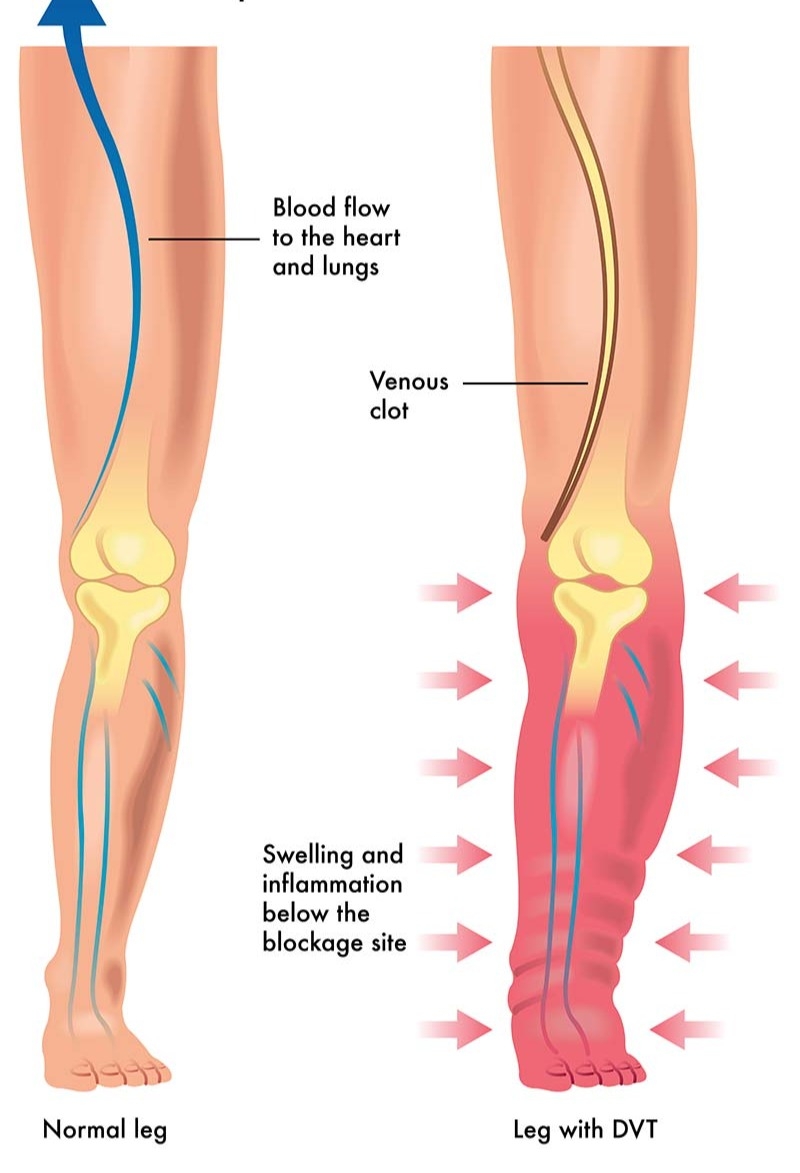One Of The Best Info About How To Detect Dvt
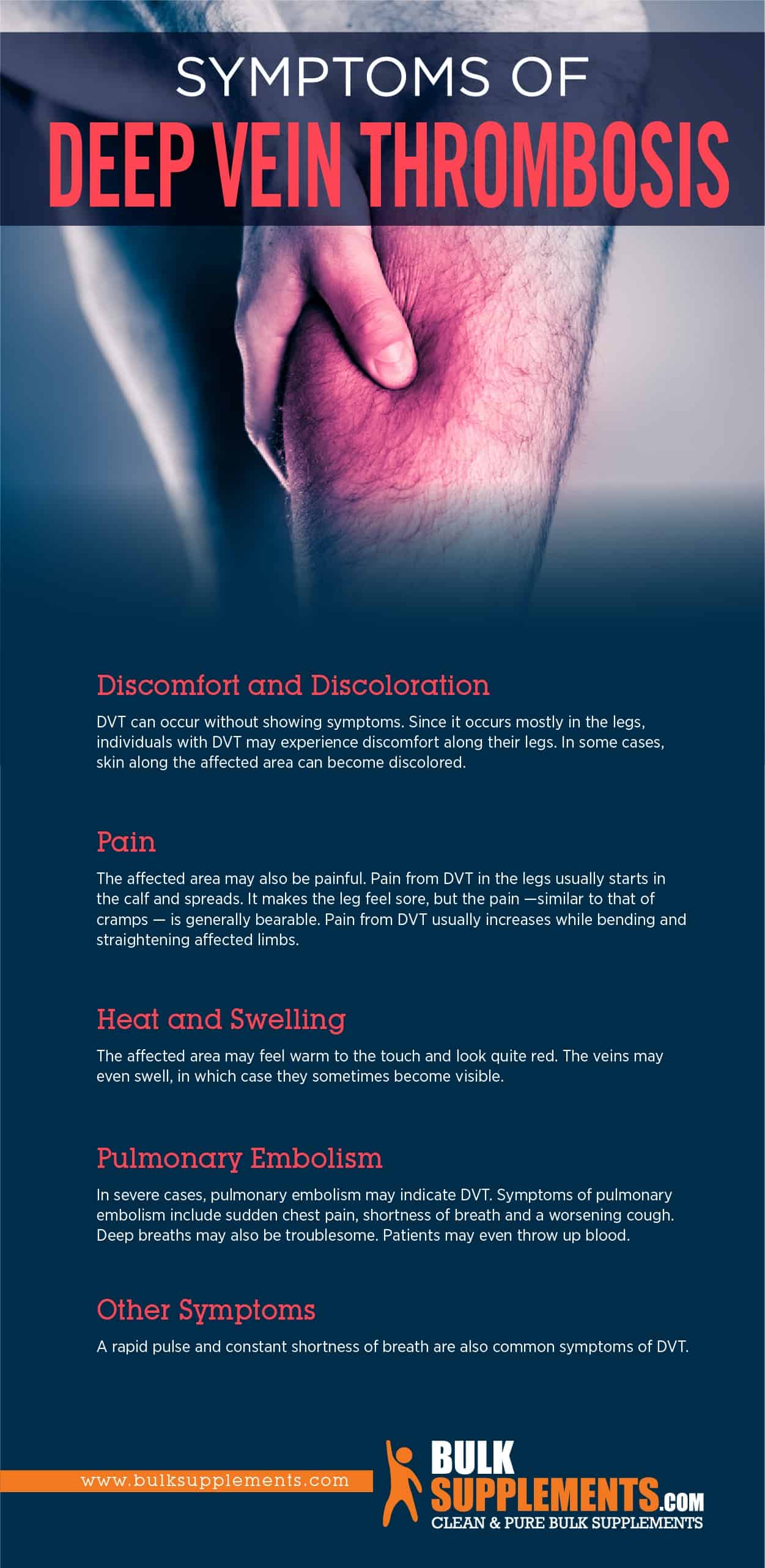
High levels may suggest an increased likelihood of blood clots, although many other.
How to detect dvt. Watch for swelling, especially in an arm or leg. Ad understand some of the common symptoms and risk factors of dvt and pe. Blood flow in these areas is particularly weak, and it's even more pronounced in the.
There are many tests to detect deep vein thrombosis. Dvt can cause fluid buildup (edema) in the arms or legs. When you press on the swollen area, it can cause a dimple or “pit” (pitting) that remains.
A dvt is a blood clot which can travel to the lungs and lead to a pe. Swelling pain tenderness a warm. To diagnose dvt, your health care provider will do a physical exam and ask questions about your symptoms.
Recognizing symptoms of a blood clot. It typically happens quite quickly with dvt. Symptoms of dvt call your doctor right away if you have these dvt symptoms, especially if they appear suddenly:
The provider will check the legs for swelling, tenderness or changes in skin color. Swelling in one or both legs pain or tenderness in your leg, ankle, foot, or arm. First, it’s important to note that there are other.
Since clots block your blood flow, blood builds up behind the clot. The most common place for a blood clot to occur is in your lower leg. A blood clot in your leg or arm can have various symptoms, including:
/deep-vein-thrombosis-diagnosis-5b1e8a690e23d9003695cbfc.png)
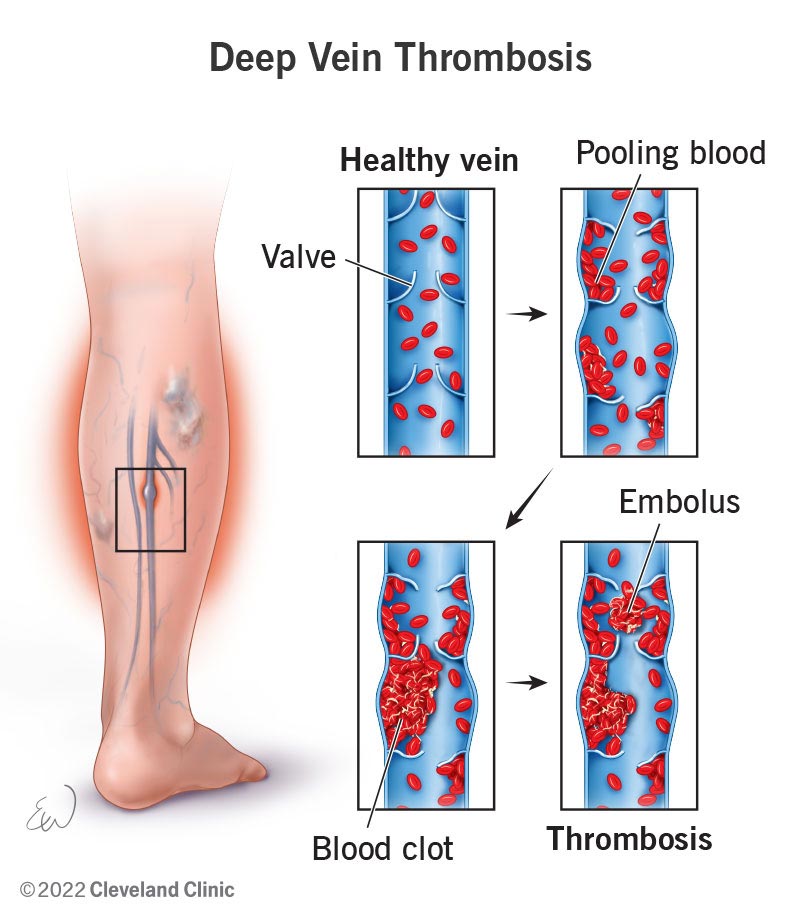
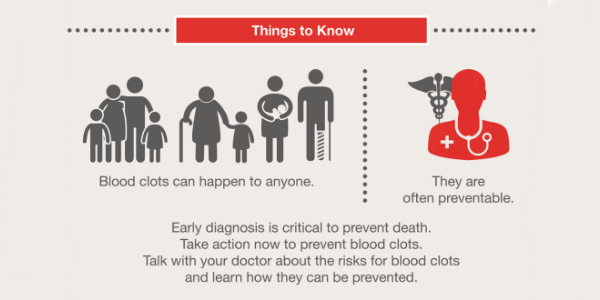

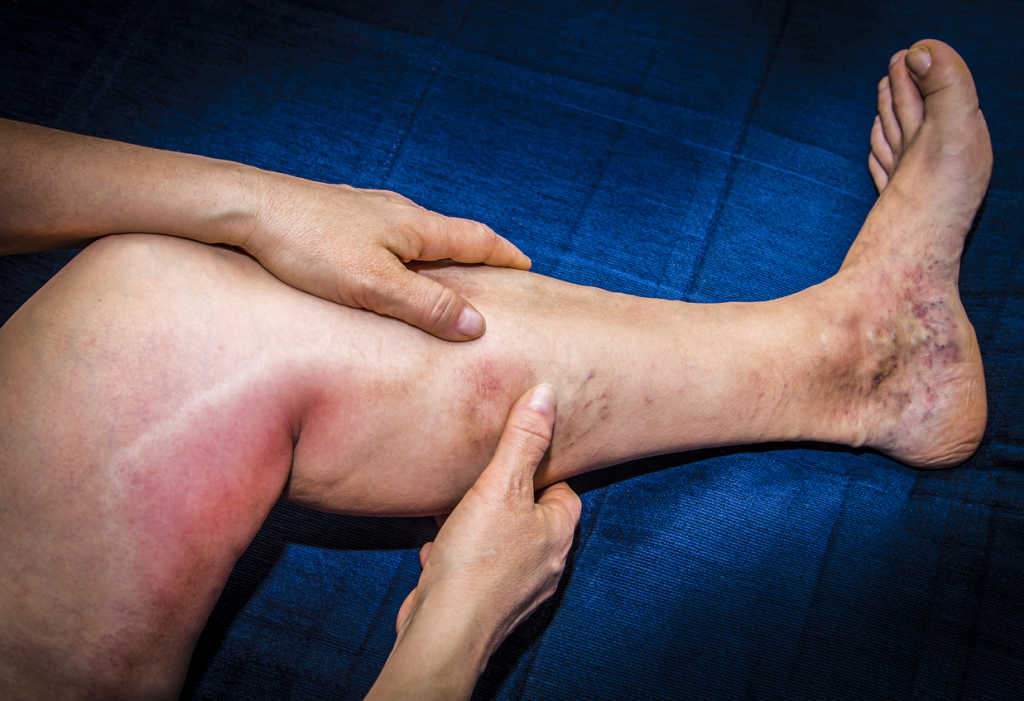

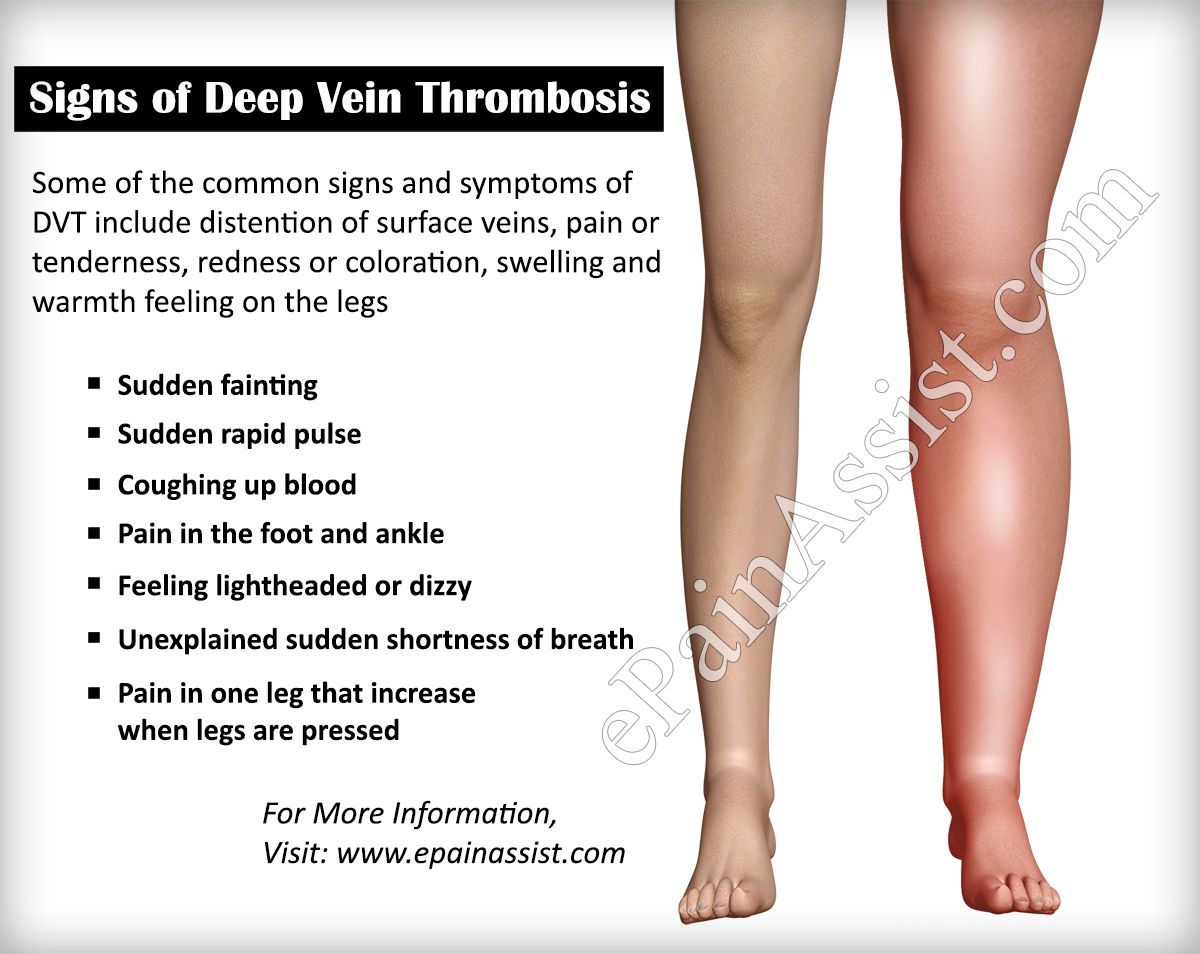
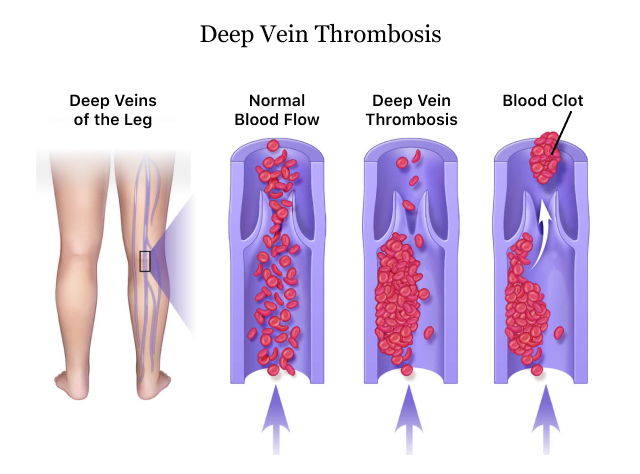



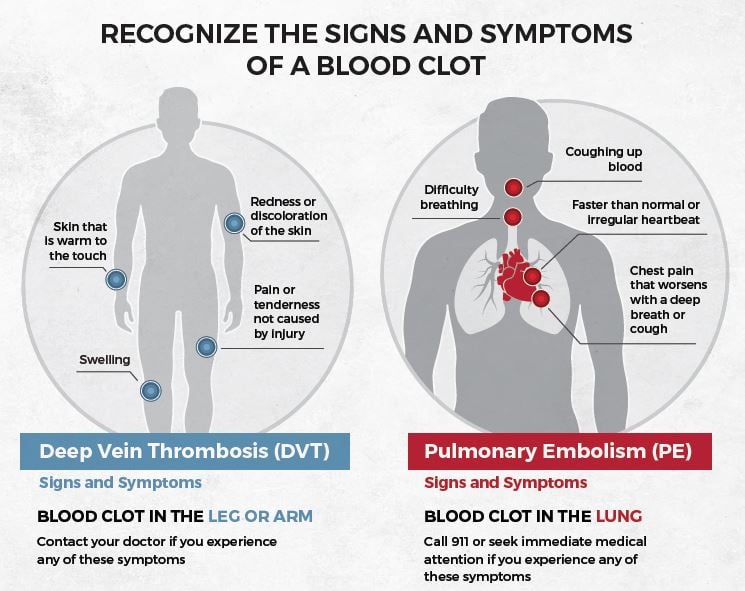



/blood-clot-diagnosis-5ae0b9a43418c60036298227.png)
